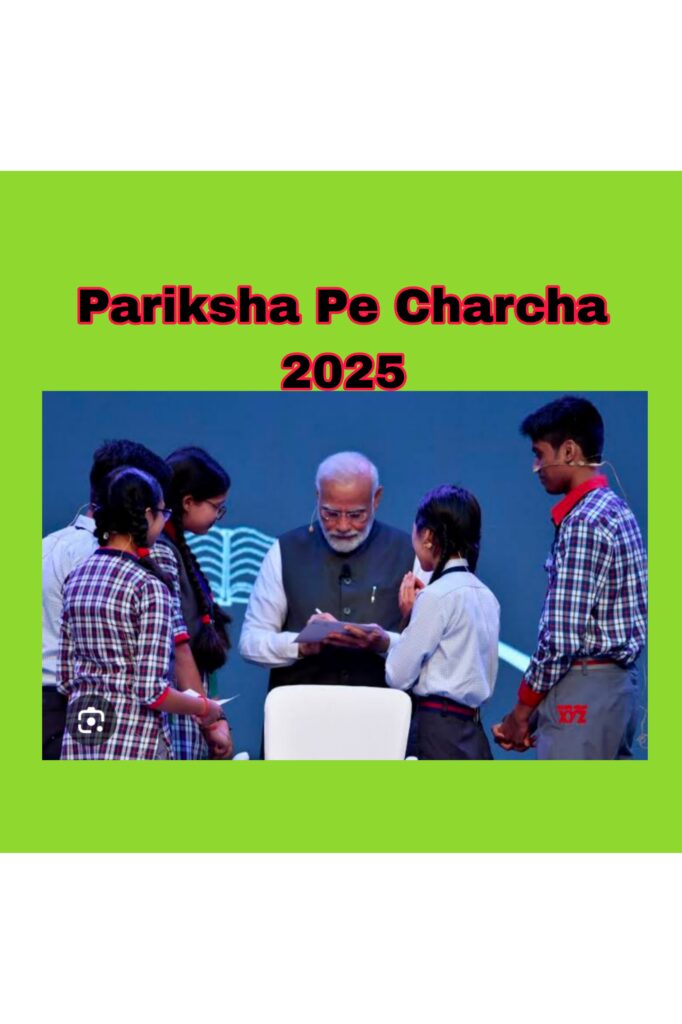Introduction: The Political Heat Rises in Bihar
The political temperature in Bihar has officially soared. The Bharatiya Janata Party (BJP) has fired the first major shot ahead of the Bihar Assembly Elections 2025 by releasing its first list of 71 candidates. This bold step not only signals BJP’s readiness for the upcoming polls but also strategically places the party miles ahead of its competitors — particularly the Rashtriya Janata Dal (RJD) and Janata Dal (United) [JDU].

The first list, finalized in the presence of Prime Minister Narendra Modi, Home Minister Amit Shah, Defence Minister Rajnath Singh, and other members of the BJP’s Central Election Committee, has already become the talk of the political circles. Several sitting MLAs have been denied tickets, while a number of fresh faces have been given the chance to represent the party in the first phase of elections.
BJP Takes the Lead — Strategic Confidence on Display
Releasing the first list before any other major party shows that the BJP’s internal preparation is complete. While other parties are still juggling alliance equations and candidate selection, the BJP has sent out a strong message: “We are ready for battle.”
Out of the 243 seats in Bihar, the BJP’s initial list of 71 covers those constituencies where the party is confident of a clear win. Political observers see this as a tactical move — a signal to both supporters and opponents that the BJP machinery is already in full motion, with clarity on its ground realities.
According to reports, these 71 constituencies belong to the first phase of polling, and all selected candidates have been carefully chosen based on multiple internal surveys and feedback from grassroots workers and district committees.
Big Names Dropped – Winds of Change in Candidate Selection
Among the biggest surprises of the list is the exclusion of senior leader Nand Kishore Yadav, a prominent Yadav face within the BJP. His exclusion signals that the party is willing to take tough calls in order to bring in new energy and overcome possible anti-incumbency in certain areas.
Nand Kishore Yadav, known for his long-standing loyalty and ministerial stints, had played a major role in strengthening the BJP’s Yadav outreach in Bihar. His absence indicates a new internal strategy — one that focuses more on performance, ground influence, and fresh faces rather than seniority.
In his place and across several other constituencies, younger leaders and new entrants have been given a chance — proving that BJP’s selection process is far from predictable and driven largely by data and performance metrics.
The Surprise Entry: Sujit Kumar Singh Gets Ticket Within 24 Hours
One of the most talked-about names in the first list is Sujit Kumar Singh, a former Income Tax Commissioner. His inclusion is no less than a political thriller.
Sujit Kumar Singh joined the BJP just a day before the list was announced — and within 24 hours, his name appeared as an official candidate. According to insider reports, his nomination came with the backing of Union Home Minister Amit Shah himself.
Sujit Kumar Singh’s wife, Swarn Singh, had earlier served as an MLA and earned a strong reputation in her constituency for her development work. Due to personal reasons, she couldn’t contest this time, and the party decided to field Sujit in her place. This move is seen as both strategic and symbolic — a recognition of past performance combined with a bet on fresh appeal.
Old vs New Faces – The Balancing Act
While many established leaders like Vinod Narayan Jha (Benipatti) have been retained, the inclusion of several newcomers marks a refreshing shift in BJP’s approach. The party seems to have struck a fine balance between experience and new energy.
This mixture reflects the BJP’s broader philosophy — performance-based politics. By cutting tickets of some sitting MLAs and inducting dynamic new faces, the BJP leadership appears to be communicating a clear message to its cadre: “Work hard on the ground — performance matters more than position.”
Hiswa Seat: A Strategic Capture Near Nitish Kumar’s Stronghold
One of the most interesting developments from the list is BJP’s decision to retain the Hiswa seat under its own banner. The constituency, located near Rajgir and Nalanda — areas traditionally seen as Chief Minister Nitish Kumar’s bastions — has immense symbolic value.
By choosing to field a strong candidate here, BJP has not only asserted its dominance but also demonstrated its willingness to challenge Nitish Kumar’s influence in his home turf. Reports suggest that this decision was taken after intense coordination between BJP and JDU leaders, reflecting how delicately the seat-sharing equation has been handled within the NDA alliance.
Political analysts believe this move is a masterstroke, designed to showcase BJP’s strength even in areas considered to be Nitish’s political backyard.
Caste Equation: A Perfect Political Calculation
The list of 71 candidates reveals meticulous caste balancing — something crucial in Bihar politics. BJP seems to have carefully distributed tickets among Upper Castes, OBCs, EBCs, Dalits, and Nishads to ensure representation across communities.
For example, Awadhesh Singh has been fielded from Hajipur, a constituency with a significant Nishad voter base, underlining BJP’s commitment to strengthen its support among non-Yadav OBC groups.
This caste recalibration not only helps BJP broaden its social base but also weakens the traditional RJD-led Yadav-Muslim vote bank that has long dominated Bihar politics.
Internal Reactions: Discontent but Discipline Prevails
No ticket list in any major party comes without controversy, and BJP’s is no exception. Reports suggest that a few leaders, including Giriraj Singh, expressed dissatisfaction regarding local-level decisions. Some claimed they were not consulted before candidate announcements in their respective districts.
However, the BJP’s organizational discipline and the perception of being a “winning machine” keep internal dissent under control. Political observers believe that such murmurs are temporary — once the campaign begins and momentum builds, all factions tend to rally behind the official candidates.
Behind the Scenes: The BJP’s Selection Process
Unlike several regional parties where decisions are often made at the top level, BJP’s candidate selection is a multi-layered process. It involves district-level committees, state units, reports from the RSS network, and multiple internal surveys.
At least two to three independent surveys are conducted before finalizing each name. Candidates are rated on various parameters — ground connect, popularity, performance, caste influence, and local acceptance.
Finally, these recommendations reach the Central Election Committee (CEC), where top leaders like PM Modi, Amit Shah, and Rajnath Singh give the final nod.
This structured, survey-backed selection process is one of the key reasons behind BJP’s electoral success in multiple states. It ensures that emotional loyalty is not the only factor — performance and winnability take precedence.
Opposition Still Confused: NDA Takes an Early Advantage
While BJP’s preparation looks sharp and confident, the opposition camp seems scattered. The RJD, Congress, and Left parties have not even finalized their seat-sharing arrangements. Internal disagreements and alliance confusion have delayed their candidate selection process.
Even within the JDU, unrest is visible. Protests were reported outside Nitish Kumar’s residence by supporters of Gopal Mandal and Ajay Mandal, demanding clarity over ticket distribution. Such visible friction has given BJP the upper hand — both in optics and in organizational readiness.
BJP’s Strategy: The Timing Masterstroke
The timing of the announcement is no coincidence. Just as the Election Commission is preparing to release official polling dates, BJP’s early list serves multiple purposes:
- Momentum: It energizes the cadre and sets the tone for the campaign.
- Confidence Projection: It signals to voters that BJP is organized and determined.
- Psychological Edge: It forces rivals into a reactive mode.
- Early Groundwork: Candidates can immediately begin door-to-door campaigning and constituency-level coordination.
By being the first major party to release such a large list, BJP has grabbed the narrative and established itself as the frontrunner.
Conclusion: A Calculated Start to the Battle of Bihar
As the Bihar Assembly Election 2025 draws closer, BJP’s first list has already set the political stage ablaze. With 71 candidates finalized, the party has made its intentions clear — it’s ready for the fight and confident of victory.
This proactive approach, backed by meticulous planning, caste balancing, and survey-based selection, showcases BJP’s evolved election machinery. While some senior leaders may feel sidelined, the broader strategy emphasizes renewal, discipline, and winnability.
Meanwhile, the opposition still struggles with internal conflicts and delayed decisions. In politics, timing and clarity often decide the winner — and as of now, BJP seems to have both firmly in its grasp.
The coming weeks will reveal how the rival parties respond, but one thing is certain — the Bihar Election 2025 has officially begun, and BJP has taken a powerful early lead.


